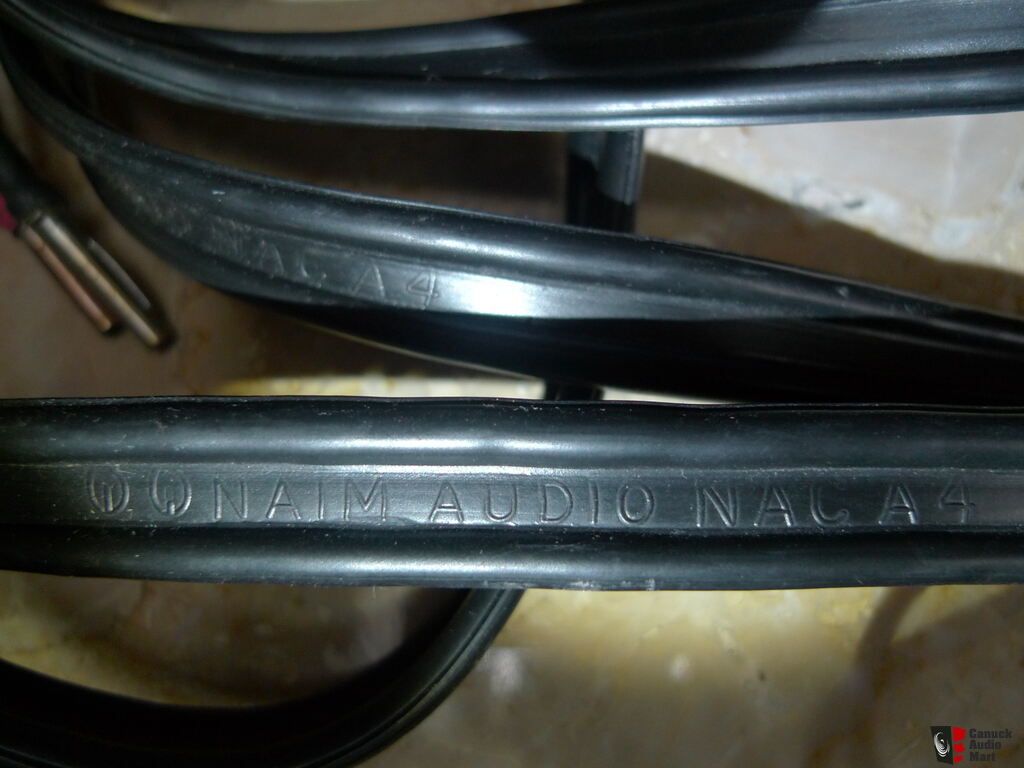Cable doesn't have a sound. In the rare cases that it influences the sound it is due to the way the speaker interacts with the electrical characteristics of the cable. In the case of the thin ribbon DNM cable it has considerable resistance. This adds to the output impedance of the amplifier (which is usually negligibly low in the case of most SS amps) and reduces the damping factor, allowing the speakers impedance curve to interact with the total source impedance it see's and acting as a speaker dependent tone control, ie if the speaker happens to dip to say 5 Ohms around 2KHz then there will slightly reduced output at that frequency as more of the output is lost in the cables resistance than at frequencies where the speaker is 8 Ohm.
If a cable has high inductance then this has a frequency dependent effect. The higher the frequency the higher the impedance of the cable. In most circumstances this will be negligible and can be ignored. If a speaker has a major impedance drop at high frequencies (pretty rare) then this will cause a treble drop. ELS's can drop to 2 Ohms or so in some cases up at around 20KHz and this could then interact with high inductance cable to reduce top end. A few speakers have HF correcting crossovers with a major impedance dip at high frequencies but not many... original SL6 is about the only one that springs to mind but there will surely be others.
The voice coil of the tweeter has inductance and so the impedance of the tweeter is generally rising at the high end anyway and lessening/removing any risk of this happening. A few outliers like Maggies are pretty much a resistive load and in this case quite a low one at 3.5 Ohms and so cable inductance could have some effect.
Capacitance is pretty low even for high capacitance cables and the only effect is possible interaction with some badly designed amplifiers which are not unconditionally stable which could cause them to become unstable ie they oscillate, sometimes with fatal consequences for amplifier and/or speaker in extreme cases. In such cases the capacitance would also cause the amplifier to boost treble.... but only at frequencies bats could appreciate!
Note the cable does not boost treble. Cables have no sound. It is the capacitance making the amplifier boost treble! It would be VERY unlikely for this to happen at a frequency below say 30KHz so as I say for bats only.... and only with dodgy designed amps anyway.
Although the construction of a cable will effect the above parameters they are all directly proportional to the length of the cable. In the vast majority of circumstances only the resistance will have any effect.
TLDR; Use short lengths of pretty thick cable and all the above cable characteristics will be so microscopic that they will have no effect at all on sound and all cables will sound the same, ie totally transparent. ie if fairly short and thick then even placing monoblocks on pedestals behind each speaker and using only 6" of speaker cable would make no discernible further improvement.
Ideally place power amp between speakers or monoblocks next to each speaker and use longer interconnects.
Aesthetes concerned about hiding speaker cables and using say 12 - 15m lengths hidden in walls, in ceiling, under floor, will, perversely, need the thickest most welding cable like speaker cable to ameliorate the length...


